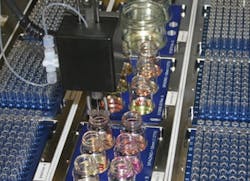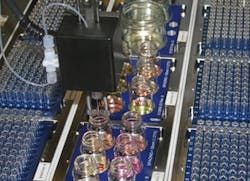Alkylation Gets Easier
Researchers at the California Institute of Technology, Pasadena, Calif., have developed a method for catalytic asymmetric alkylation that allows production of nitrogen-containing heterocycles from lactams. The method, which uses a palladium catalyst, provides 90+% yields and 95+% enantioselectivity.
The heterocycles, which feature cyclic groups of carbon and nitrogen atoms, appear in many natural products, pharmaceuticals and synthetic polymers, note the researchers.
"We think it's going to be a highly enabling reaction, not only for preparing complex natural products, but also for making pharmaceutical substances that include components that were previously very challenging to make," says Brian Stoltz, a chemistry professor who co-led the team. "This has suddenly made them quite easy to make."
"… Not only are we making tricky carbon-carbon bonds, we're also making them such that the resulting products have a particular, desired handedness. This was the culmination of six years of work. There was essentially no way to make these compounds before, so to all of a sudden be able to do it and with perfect selectivity… that's pretty awesome," he enthuses. More details on the method appear in a recent article in Nature Chemistry.
The team prepared the catalyst itself. "We found electronic fine tuning of the catalyst to be key for generating uniformly good levels of enantioselectivity."
"We are continuing to look at expanding the substrate scope of the reaction and looking for applications for these products," says Stoltz. "We are considering commercializing the technology ourselves."
Commercial use of the method may pose some issues, he admits. "We believe the industry will find the long reaction times and oxygen sensitivity of the catalyst to be challenging."

